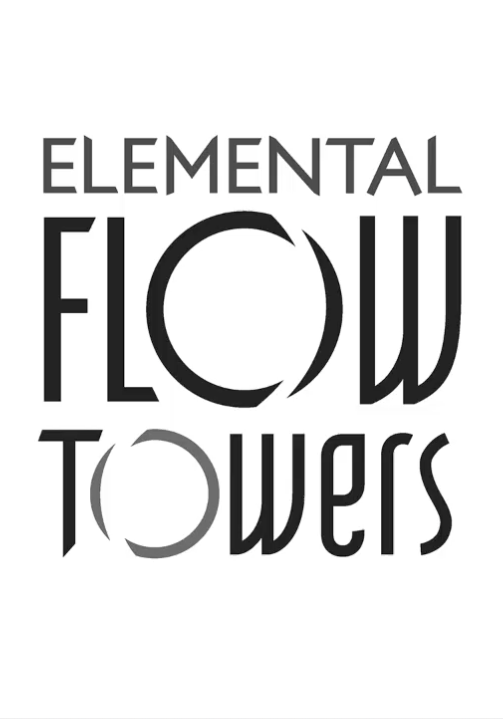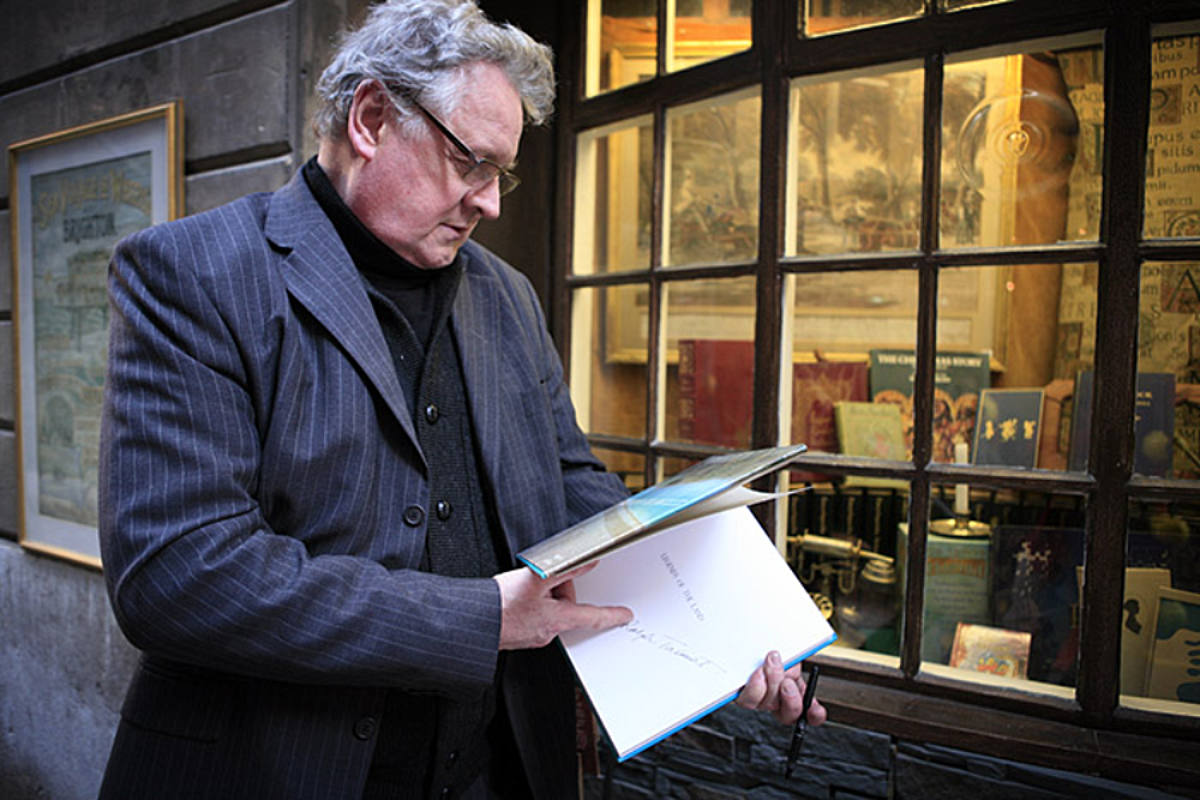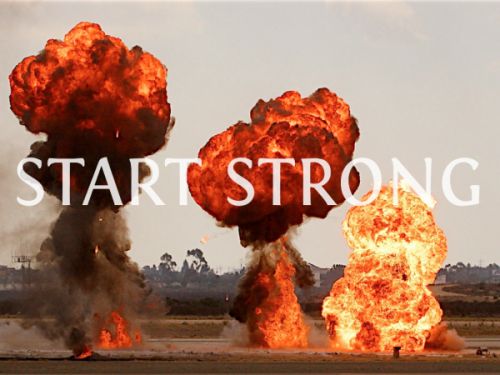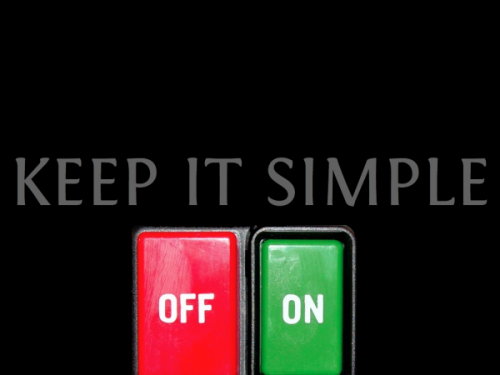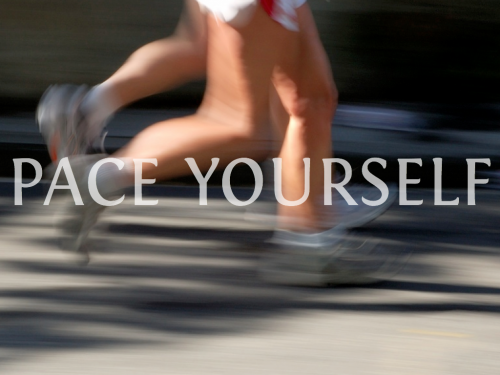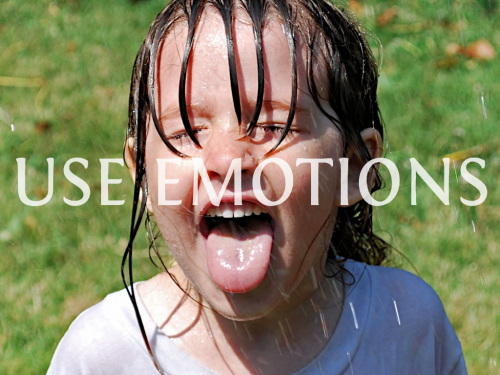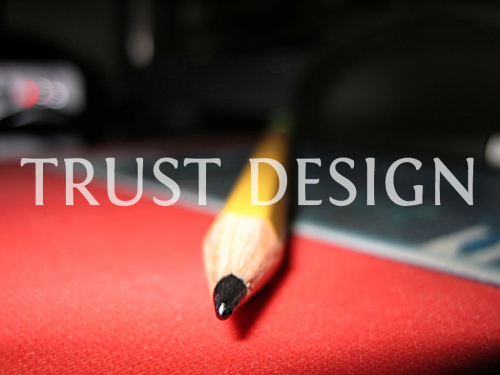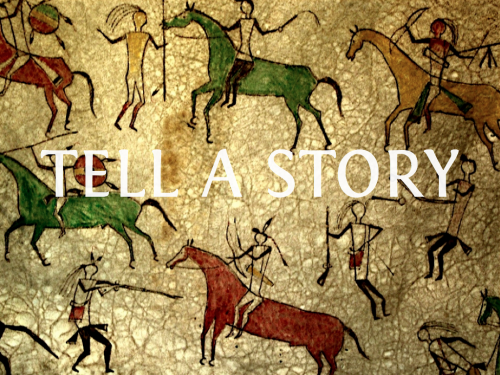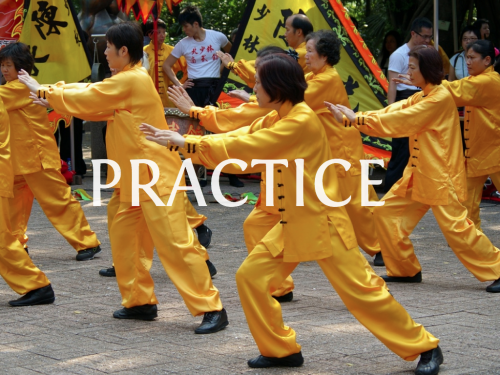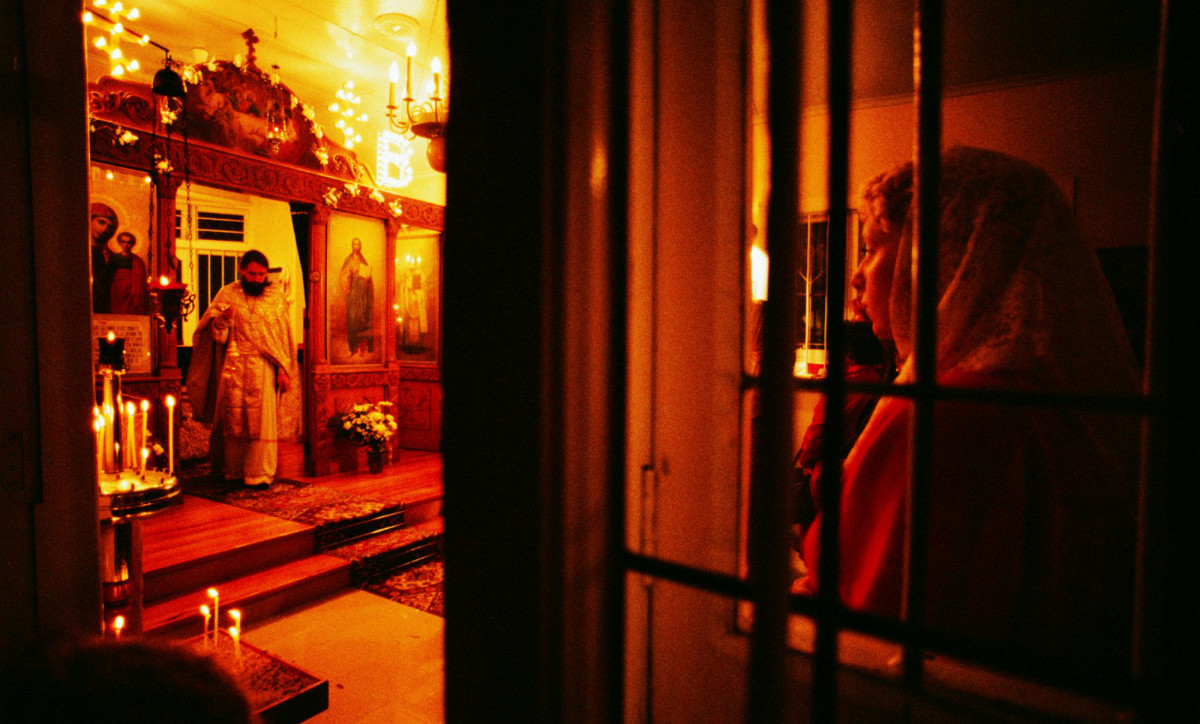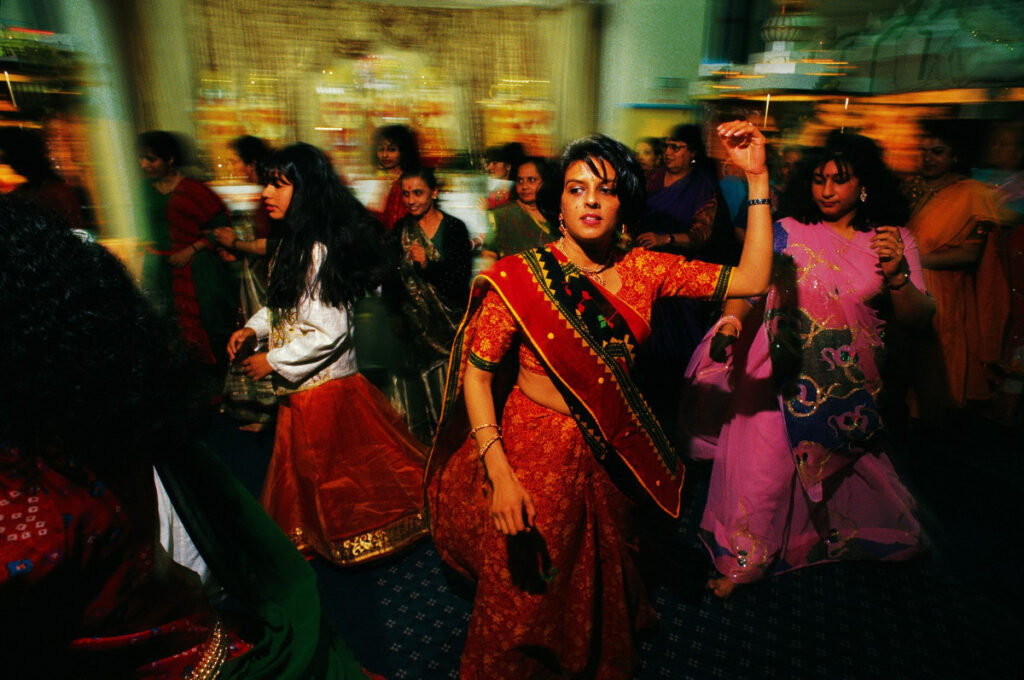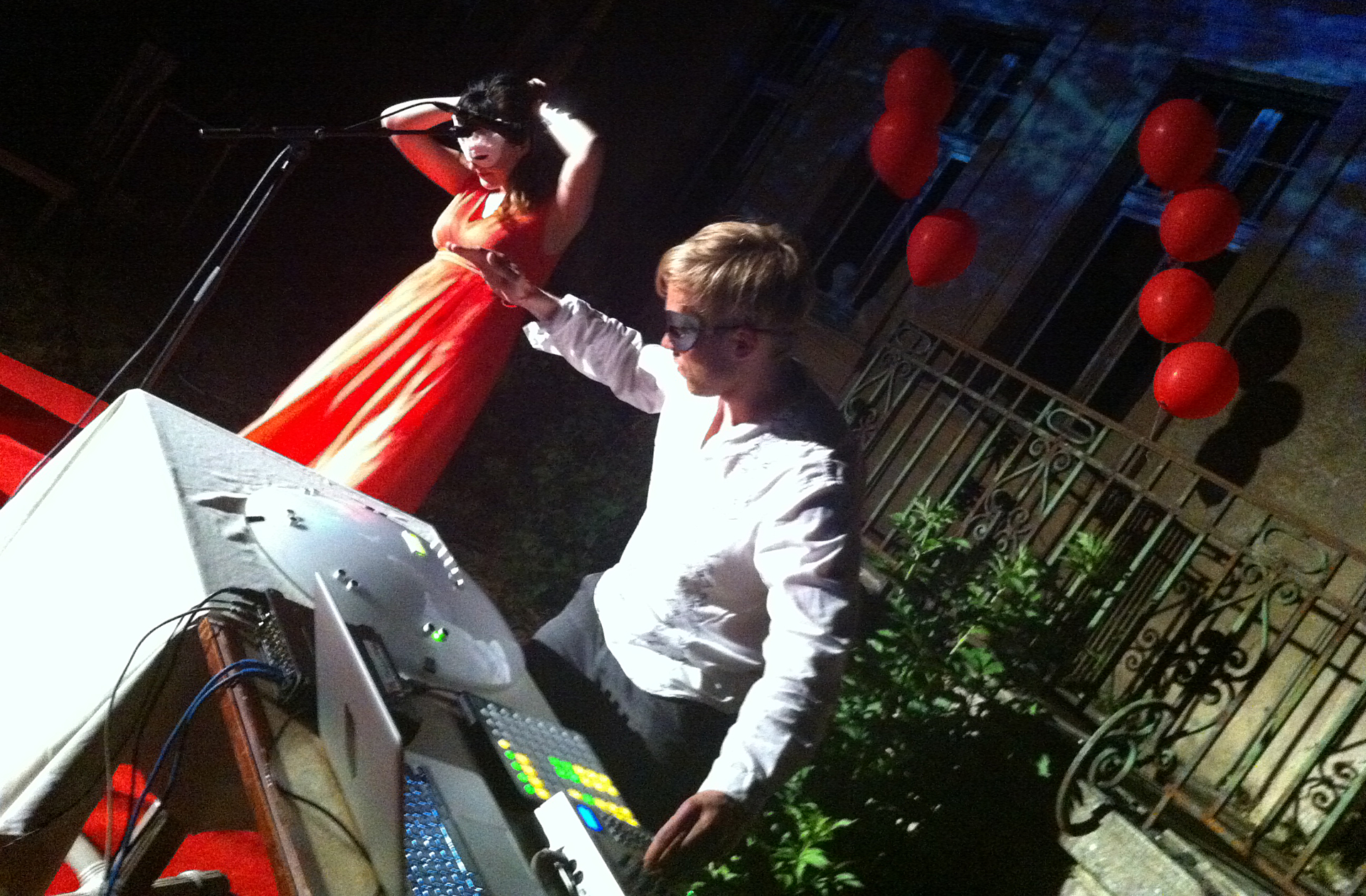Posted at 09:02h
in
Uncategorized
I was asked to keynote at What’s Next in Vilnius – a conference for creatives and people generally associated with the creative industries. My people 🙂
In preparation, the organised wanted to know what I thought about where ideas came from, and what they were worth. Here is the, slightly edited, interview.
When you need an idea, what kind of actions do you take to keep generating better ideas?
There are three suggestions I give clients, and – taking my own medicine – use myself when stuck for ideas: the right environment, the right level of concentration and the right amount of data and distraction.
Given that in order to have a few good ideas you need to have a great many ideas, it is necessary to get into a mode of thinking has been best described as “open” – your mind is free to wonder, synapses are clicking and buzzing with connections, there are different kinds of inputs (music, visuals, text, nature), and the environment is controlled so as to provide “Goldilocks” level of stimulus – not too much, not too little, just right. White noise is great for this – though it has its own problems, and doesn’t always work. Cafe noise, at around 45 dB and without intelligible conversations can help and is the second reasons why many people like to work in cafes. Open fields work for some, cluttered studios for others, while there are people who like empty rooms – as with everything to do with creativity the preferred environment is an individual thing.
For me a fundamental building block is music, and the choice depends on what I’m doing. If it’s conceptual work with research, concentration, writing, generally working with words, it’s ambient or instrumental jazz. If I’m doing layouts or working with visuals (form rather than text), it’s grunge or fusion and usually rather loud. This is just something I have noticed – and it works for me. It is also an excellent reason to explain having a CD library of over 2000 titles… That’s my excuse. If I’m working on time-based media, video or audio, then silence is the order of the say, and my earphones serve more as earplugs.
Lack of interruptions is absolutely vital. Ask any creative professional and at the top of their list of things required to get work done is “for everyone to leave me alone while I’m working.” Open space offices spell death to creativity, unless people can enclose themselves in their own space, usually through headphones. No calls, no emails, no tweets – concentration is the lubricant that keeps the creative wheels turning and the glue that sticks various ideas together. Ideas are precious, fleeting things and have a way of starting to disappear as soon as they come up.
Finally, input – usually the rule is “as broad and as varied as possible.” Input comes in two forms – data and random, both of which are vital for ideas to keep flowing. Data is simple – this is all the stuff you need so as to be able to get into the work, understand what you’re doing, delve deep into the subject. This is of course highly subjective and depends on the type of work you do. A musician will have a very different set of data from a hardware engineer. Random is more interesting, and also more universal. I very often walk to my library, open a random book case and pick out a book that has nothing to do with whatever I’m working on at the time, in order to “ping a different perspective”. This can just as easily be books of, and about, mythology, or collections of photographs of graffiti. There is also the visual random, which for me is very important. My study is lined with photographs, paintings and prints – which drives my wife nuts, by the way, it is just too busy for her. It works for me, since I’m able to use them as “unrelated objects to stare into while thinking” – there is probably a word for that in some ancient language that is about to go extinct, and we’ll never know…
But I digress. These are three of the key components of what makes creativity flow. There are a number more, which are just as important, but require a lot more explanation. The point really is to find out what mix of these works for you, in what proportions, and in what circumstance. Just like each of us has a different definition of the perfect cocktail.
Without which innovations couldn’t you live nowadays?
We need to define the term “innovations” since it is a most misused and, therefore, misunderstood word. I’m assuming you don’t mean such innovations as vaccines, antibiotics, motorised transport or radio, which of course were major innovations in their time, and now life would be very, very different without them. Technological innovation is a constant process which has been speeding up at an exponential rate over the last fifty years or so. If we’re talking about current areas of innovation rather than individual products then I suspect, like many people, I would find it difficult to function effectively without my communication devices, be it my smartphone or tablet. Could I live without them? Yes of course, and I would love it, sitting on a beach, reading physical books, getting up to make a phone call on a landline every once in a while, but because technology has been speeding up, life has been speeding up, so in order to keep up – if indeed we want to keep up – we have to remain current with the technology we use.
You in 2025 – where are you, what are you doing, what is your enviroment (let your imagination flow)?
Letting my imagination flow is what I do for a living but that doesn’t necessarily mean that it gets any easier to imagine what our lives will be like in ten years’ time. I would hate to be a science fiction writer now – by the time your book is on the shelves, half the things you dreamed up are in production, instead of being “in the future.”
First, work. Given that I am a knowledge worker and my consulting work happens at the intersection of empathy, communication and technology, I assume I will not have been replaced by artificial intelligence quite yet. I expect that my work will consist ever more of learning, filtering information and making sense of it, drawing strategic insights and delivering them to a large body of clients worldwide. How these will be delivered is another question. Right now, it is mostly in person. You can’t beat actual physical presence. As a partner in a video streaming business, I am able to reach global audiences with high quality programming right now, but I expect in ten years’ time we will have moved on with the technology we use, and it will be closer to tele-presence than it is now. I expect I will have an AI assistant who will be tuned precisely to search for information and present it to me in a way optimised for my limited-bandwidth human brain to handle easily. The same assistant will likely have learned my presentation style and will be able to create visuals on the fly as I write my texts. In short, technology will help me get more done faster and better. The work that I do best, thinking and talking, will be augmented by research and assembly done by AI.
Where will I, and my family, live in ten years’ time? That is possibly the wrong question to ask since, given the nature of my work, I can live anywhere. Where will I choose to live, and how? The how is easy, since I like a simple life, close to nature, and close enough to civilisation. That will not change. As for the where, that is probably impossible to answer right now, given that the geopolitical situation may change several times, with places worth living in becoming hostile, and then turning back to “normal”. Ten years is a long time from that perspective.
How much do ideas cost? And how can you assess the value ideas?
The cost of ideas is the cost of the time and effort required to bring them to the surface, connect the various threads and elements and present them in a fashion that is understandable for those outside of the idea generating process. If, for example, I work with a five person team from a client company, and we get three good ideas in a workshop, that means the cost of each idea is my fee for the preparation and the two days, plus their internal staff costs, plus any expenses, divided by three, but of course the truth is far more complicated.
Picasso once made a simple line drawing while talking to a journalist, who asked him how much he would sell it for. To that, the master gave some fairly large figure. “But it took you twenty seconds to draw it”, said the journalist. “Forty years and twenty seconds”, said Picasso. Which, by the way, points to the fact that our continuing functioning stuck in “charge for time” mode, really needs reassessing, but that is a related but different question. The point is, ideas happen at the confluence of trains of thought. They are fed by a constant stream of inputs, only some of which we may be consciously aware. For them to come at a predestined time and location is really, really difficult, and requires concentrated effort. So the cost of ideas really consists of the cost of all our combined education and experience, divided by the number of ideas we may end up with.
As for their value, well, ideas are a dime a dozen, as they say. It is the execution of an idea that makes it important or even interesting. This means, assessing ideas is just as important as having them. Ultimately, of course, we can only measure the effect of ideas that have been put into practice – and while it is tempting to put a number on an idea which appears to be successful right now, only history will tell which ideas have been “good”, which “bad”, and which just moderately useful but without bringing any major change. But that is possibly too-broad a perspective. On a more practical level, it is rare to find people who as as good as assessing ideas as they are at having them. When they do, they find that their minds work in a different mode each time. The “open” mode, I mentioned before is what is required for ideas to flow. Assessing them, figuring out what to do with them and how, letting the mental dominoes fall and see where they go requires a more analytical approach, and that probably means slight (or substantial) changes to the team of people working on the question. Did I mention that creativity is a social activity? Well, there you go. While we may wax lyrical about the lone artist in the tower, that is true for a very narrow band of activity. Modigliani was probably alone when he painted, although he still needed models. Surrounding ourselves with a small group of diverse individuals is a recipe for creativity to happen spontaneously. The emphasis there is on “small” and “diverse”, by the way. Check out “Kelly Johnson’s rules” for real practical advice.
In the end, ideas are worth what someone is willing to pay for them, whatever we use as currency. For commercial uses, crowdsourcing of feedback is a great tool, and there are plenty of tools to do that. If your idea, turned into something useful – be it real or virtual, social or commercial or both – is useful to people, they will soon tell you.






